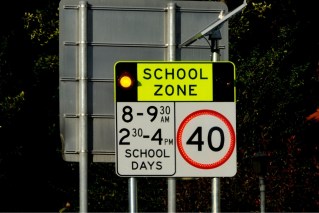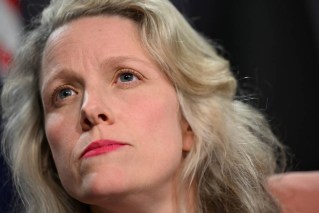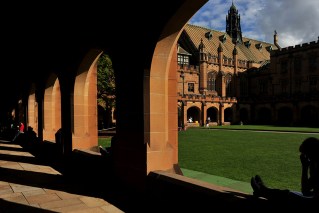Government pushed to provide more university funding amid booming local student numbers


Experts have called on the federal government to provide more university funding as local demand booms. Photo: Getty
The federal government has been urged to increase university funding for domestic students to help dampen the financial fallout of rock-bottom international enrolments.
With some universities reporting they are nearing caps on the number of Commonwealth-supported places, experts say it could help tackle surging local demand and equip more students with skills required to navigate a shaky post-pandemic jobs environment.
Those calls come after the bid to welcome back international students, who typically inject $40 billion into the economy annually, hit another roadblock.
According to the Sydney Morning Herald, NSW Premier Gladys Berejilian’s bid to accommodate 1000 international students in hotel quarantine per week has been put on ice following outbreaks in Sydney’s Northern Beaches and western suburbs.
“I think that’s always our aspiration, but we can’t pretend about how serious the current mutations of the virus are,” Ms Berejiklian told reporters on Saturday.
The uncertainty over international student arrivals has sparked concern that other markets, including the US and Canada, will poach previously Australia-bound students.

As international student numbers continue to suffer, increasing the number of local places could curb some of the tertiary sector’s pain. Photo: Getty
But although Australia’s doors appear to be shut until at least mid-year, local demand is high.
Figures provided to The New Daily by the Universities Admissions Centre, which processes applications for tertiary institutions in New South Wales and the ACT, revealed the number of offers made to year 12 students compared to this time last year has increased by 8.6 per cent.
And in total (including non-year 12 applicants), offers increased from last year’s 86,519 to 92,254.
However, experts say universities would struggle to afford taking on even more students while grappling with the federal government’s recently-imposed Job-Ready Graduates Package.
And although the government included a once-off $1 billion boost for research in the federal budget, they say the package does little to help cash-strapped universities combat low international student numbers.
ANU Professor in Practice of Higher Education Policy Andrew Norton told The New Daily most universities already reached a breaking point where increasing local numbers further would be unprofitable.
And that was before the government’s new funding model came into effect on January 1, which has pushed the cost of fees in arts, humanities and law courses to as much as $14,500.
“No matter how many students they enrol, government funding is capped – so once they reach that cap, there’s no more,” Professor Norton said.
“They can take unlimited numbers of students on a student contribution-basis only (where their entire course is through HECS), but that only makes any economic sense in arts, business and law courses.
“And the reality is you can take a domestic business student on $14,500, or you can take an international student for $40,000 – so clearly they are much more lucrative.”
Professor Norton estimated the tertiary sector would have lost between $3 billion and $4 billion from international student enrolments in 2020 – with 2021 being “very ugly” for universities.
Australian Bureau of Statistics figures suggest for every dollar lost in international tuition fees, another $1.15 is lost in the broader economy.
And international enrolments account for roughly 27 per cent of the tertiary sector’s operating revenue.
Victoria’s largest universities, the University of Melbourne and Monash University, have already forecasted their revenue will decline by a combined $650 million over the 2020-21 financial year.

International students contribute roughly $40 billion to the Australian economy annually. Photo: Getty
Professor of Global Studies at RMIT University Chris Ziguras said it would make financial sense for the government to boost funding.
More school leavers are putting their gap year plans on ice and recently unemployed workers are trying to gain extra qualifications – and the latter is a pattern usually seen in times of economic crisis.
By encouraging more Australians to enter a tertiary degree – whether an undergraduate or postgraduate course – Professor Zigura said Australia could be equipped with a larger cohort of skilled workers to aid the longer-term recovery.
“[Increased funding] would be justified by the economic conditions, that for school leavers now, there’s very limited employment, there’s not much investment and not much growth happening in the immediate recovery phase,” he said.
“[Extra funding] would clearly be welcomed by the sector and students, but it’s unlikely to happen and what’s happened is the government is micromanaging the level of government subsidy and student funding for Commonwealth-funded places.”
He said some of the sectors hit hardest by the recent higher education reforms were in higher demand than discounted courses including science and maths and would benefit from additional funding.
And overseas student numbers could take years to return to pre-COVID levels, with Australia’s reputation hampered by statements suggesting international students should ‘make [their] way home’.








